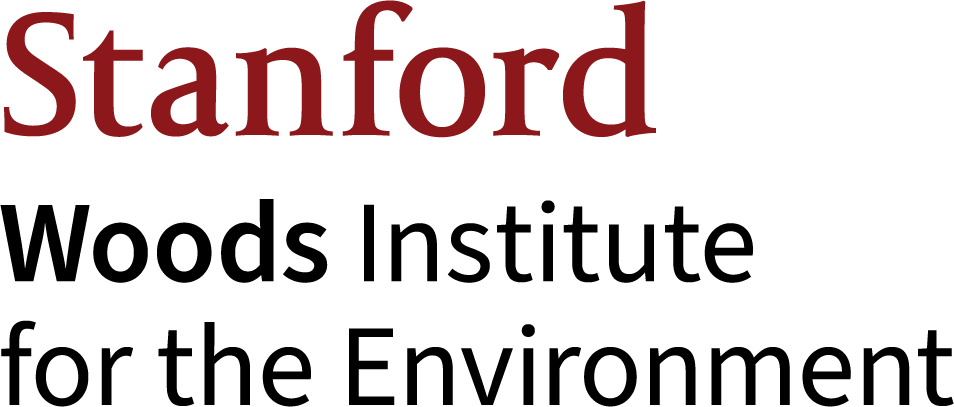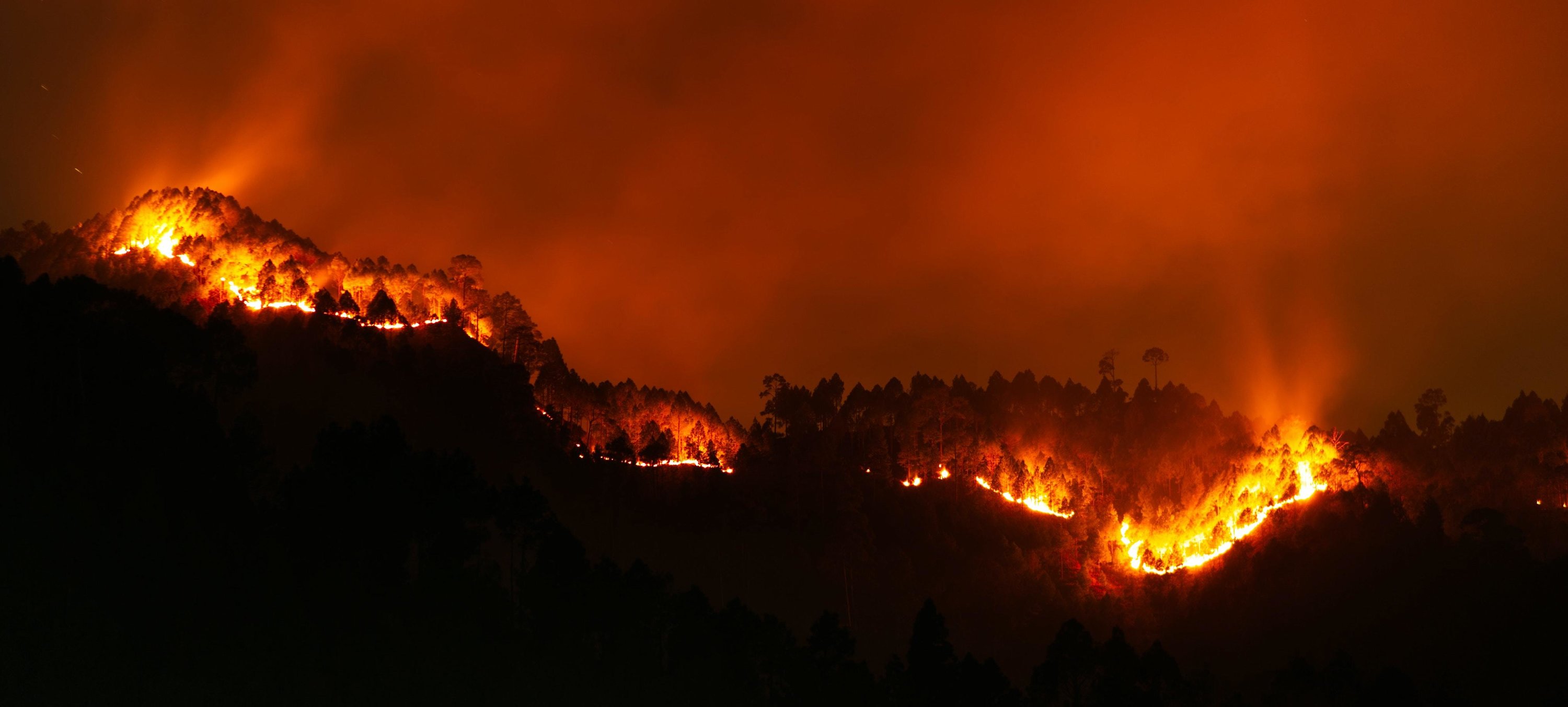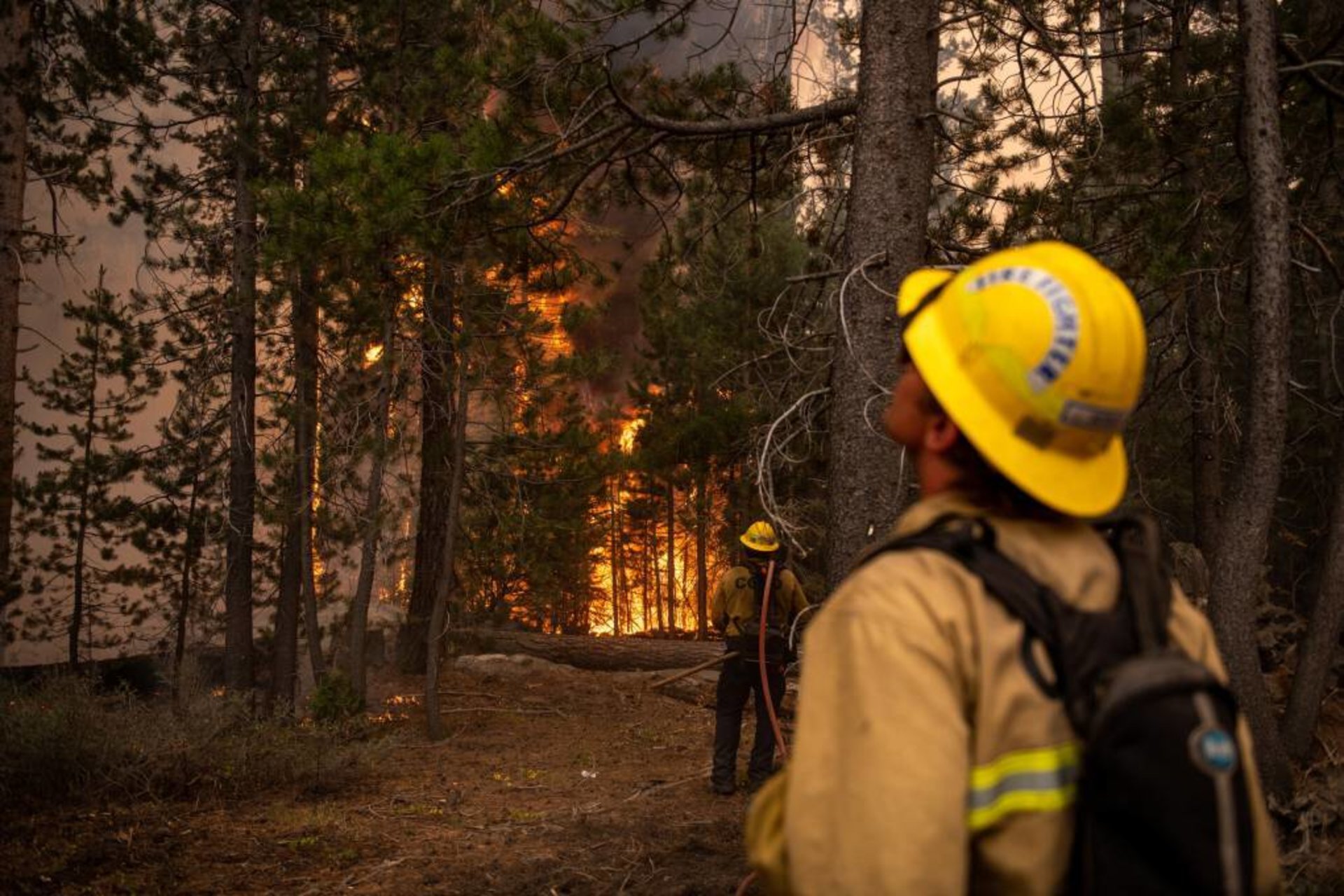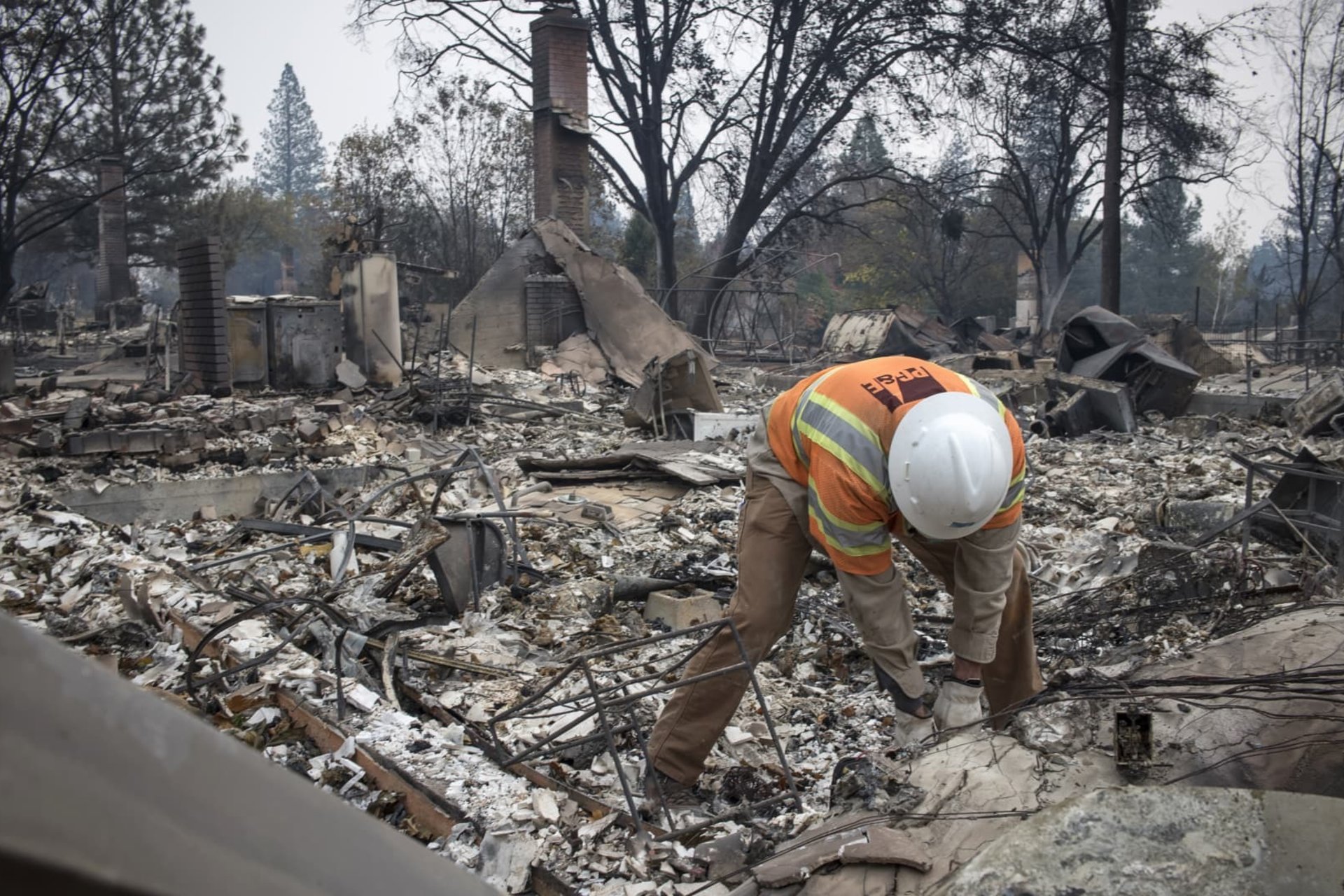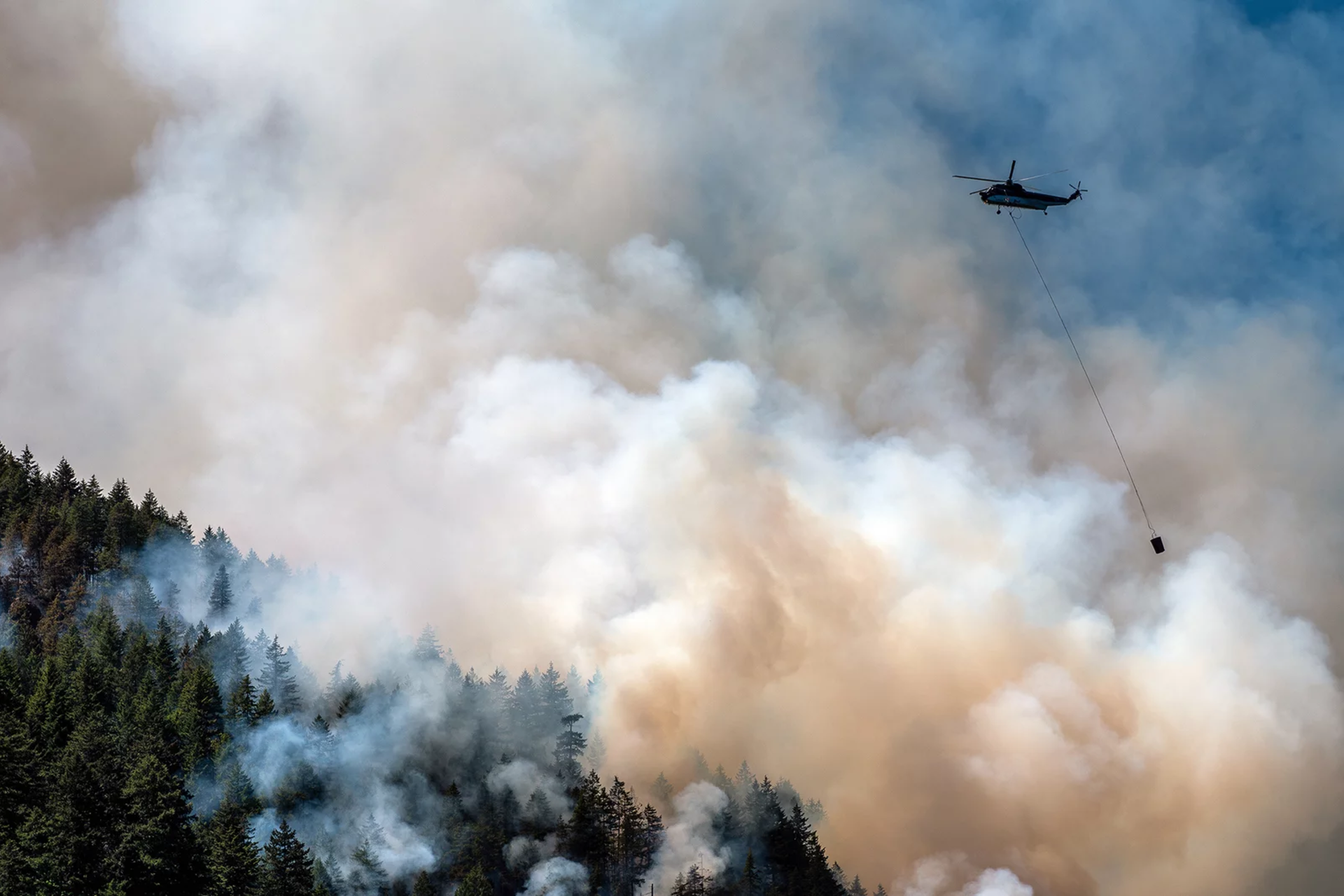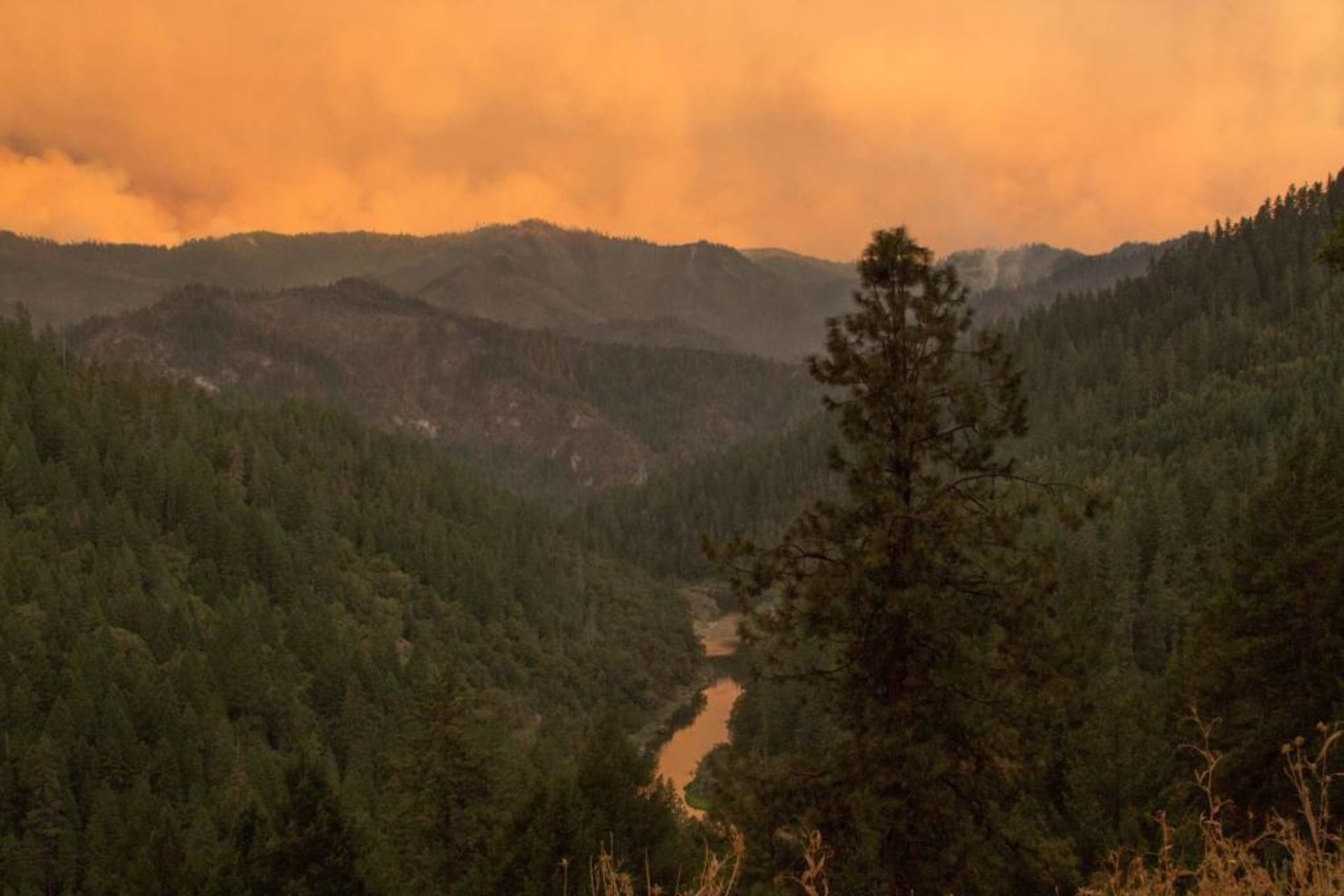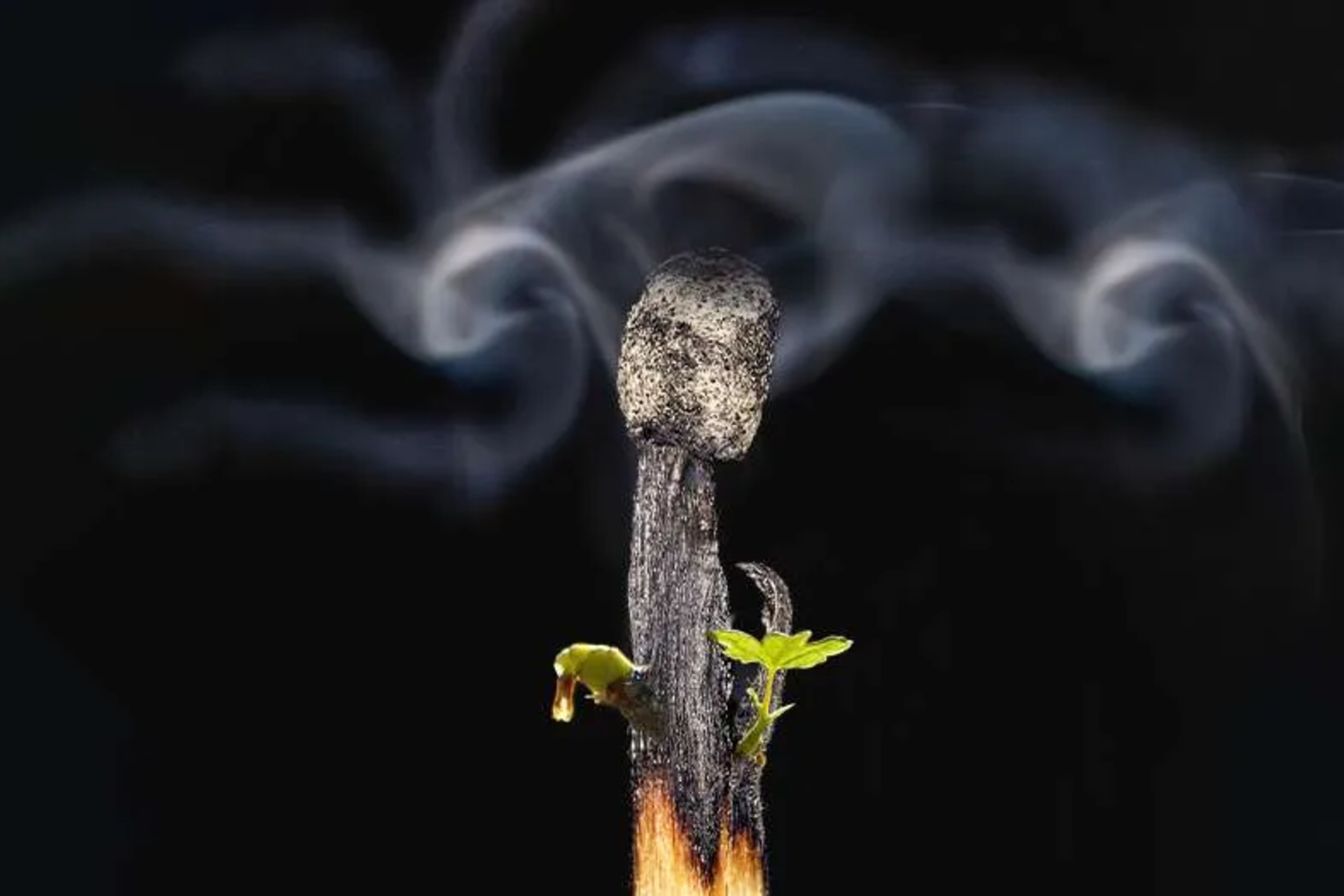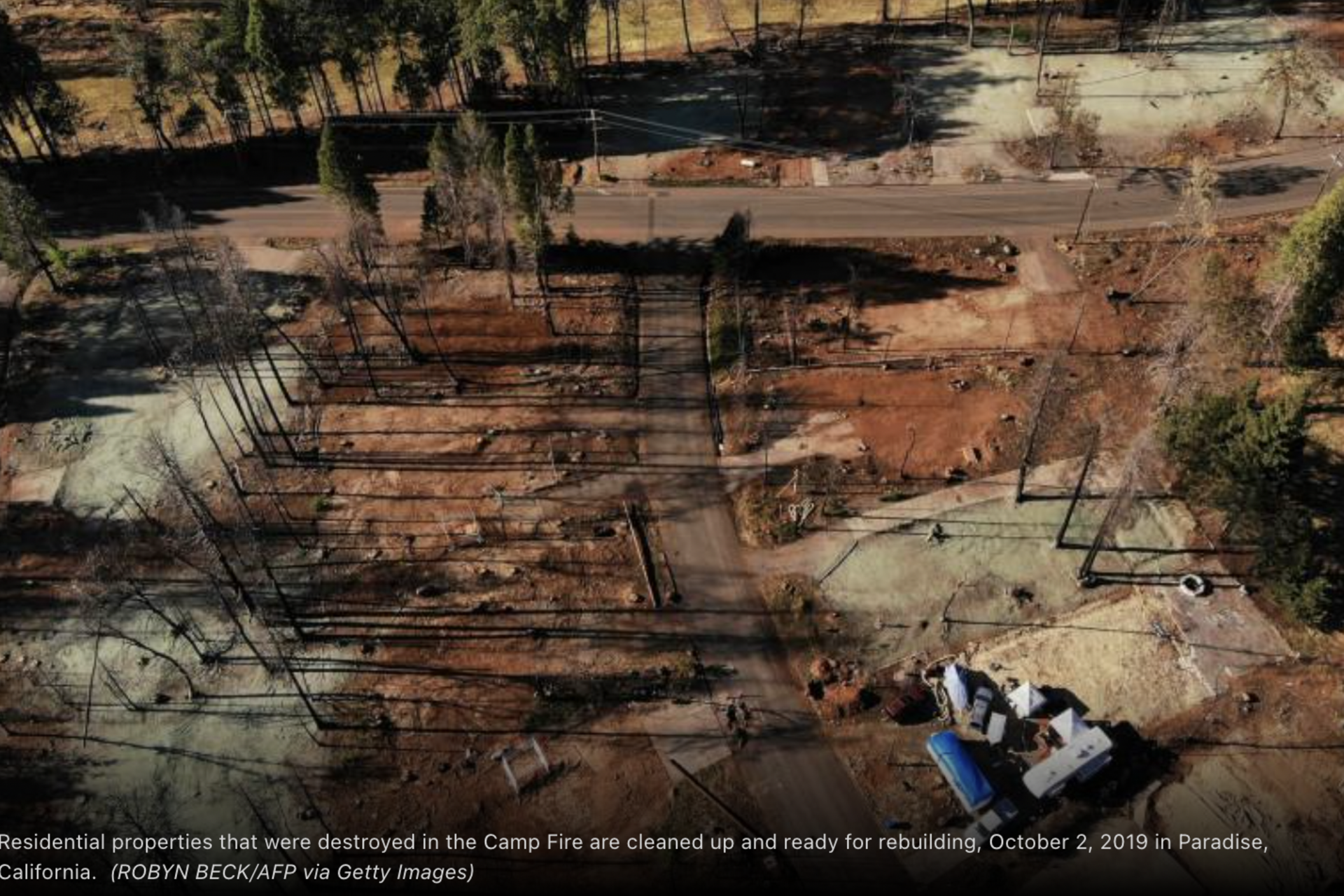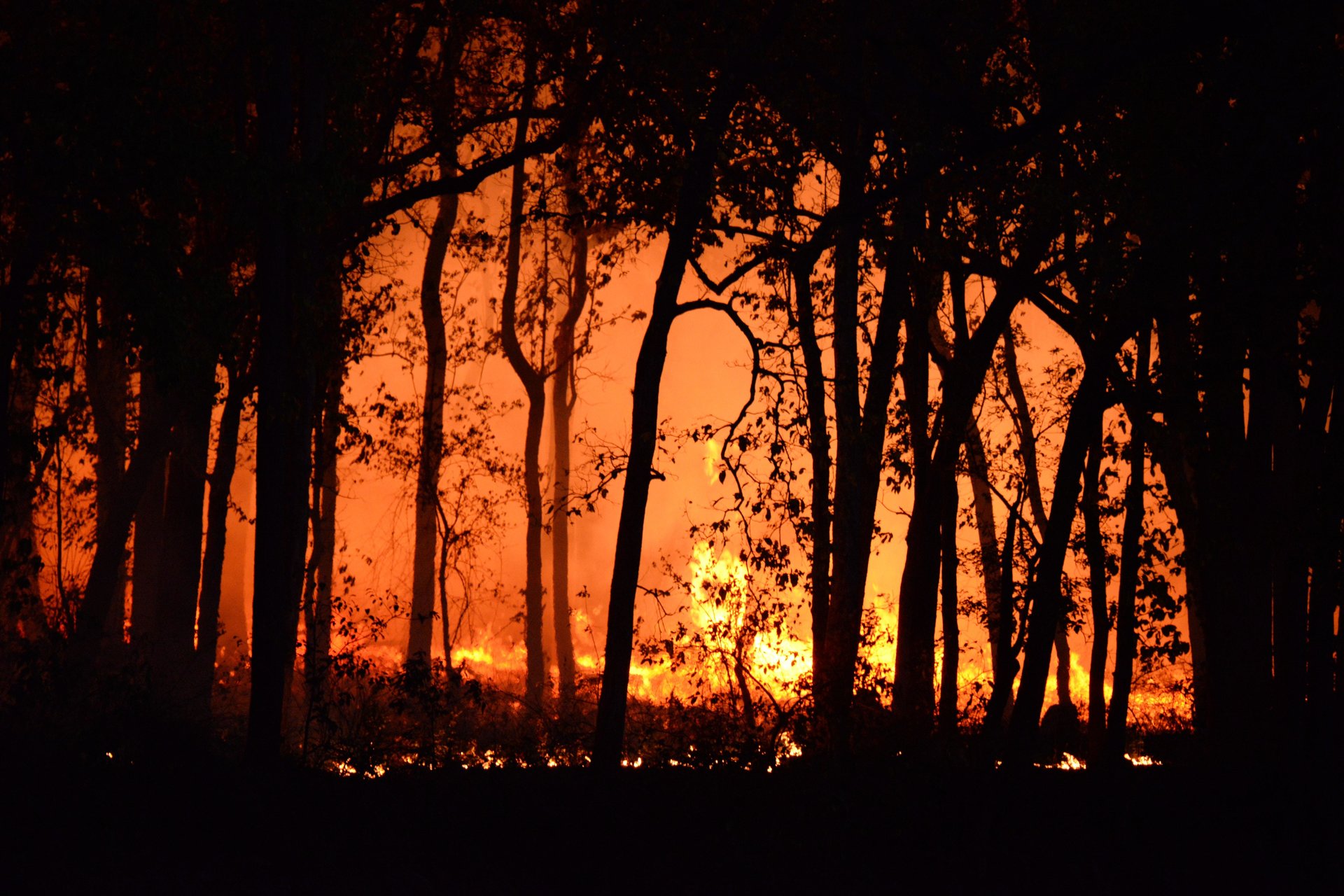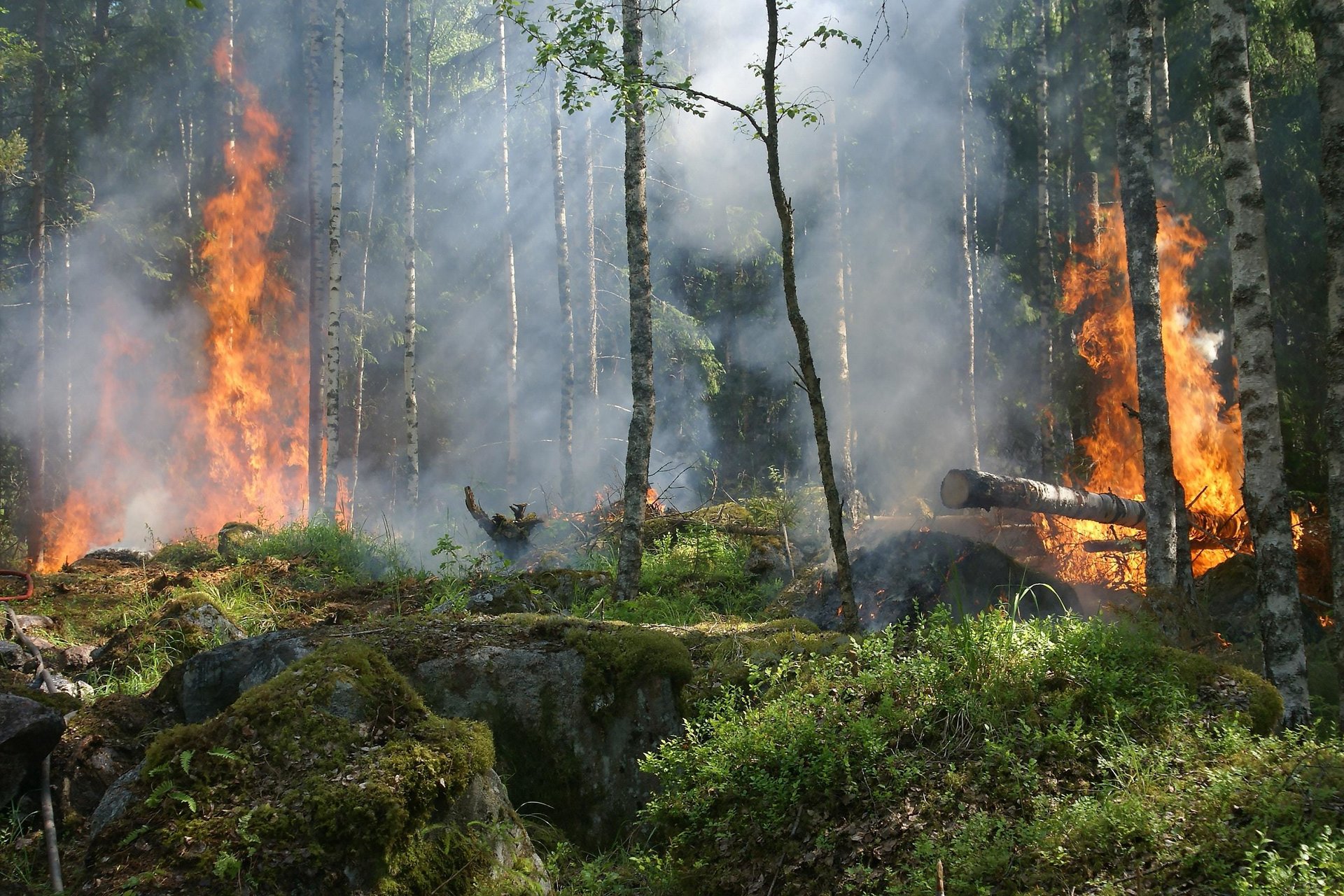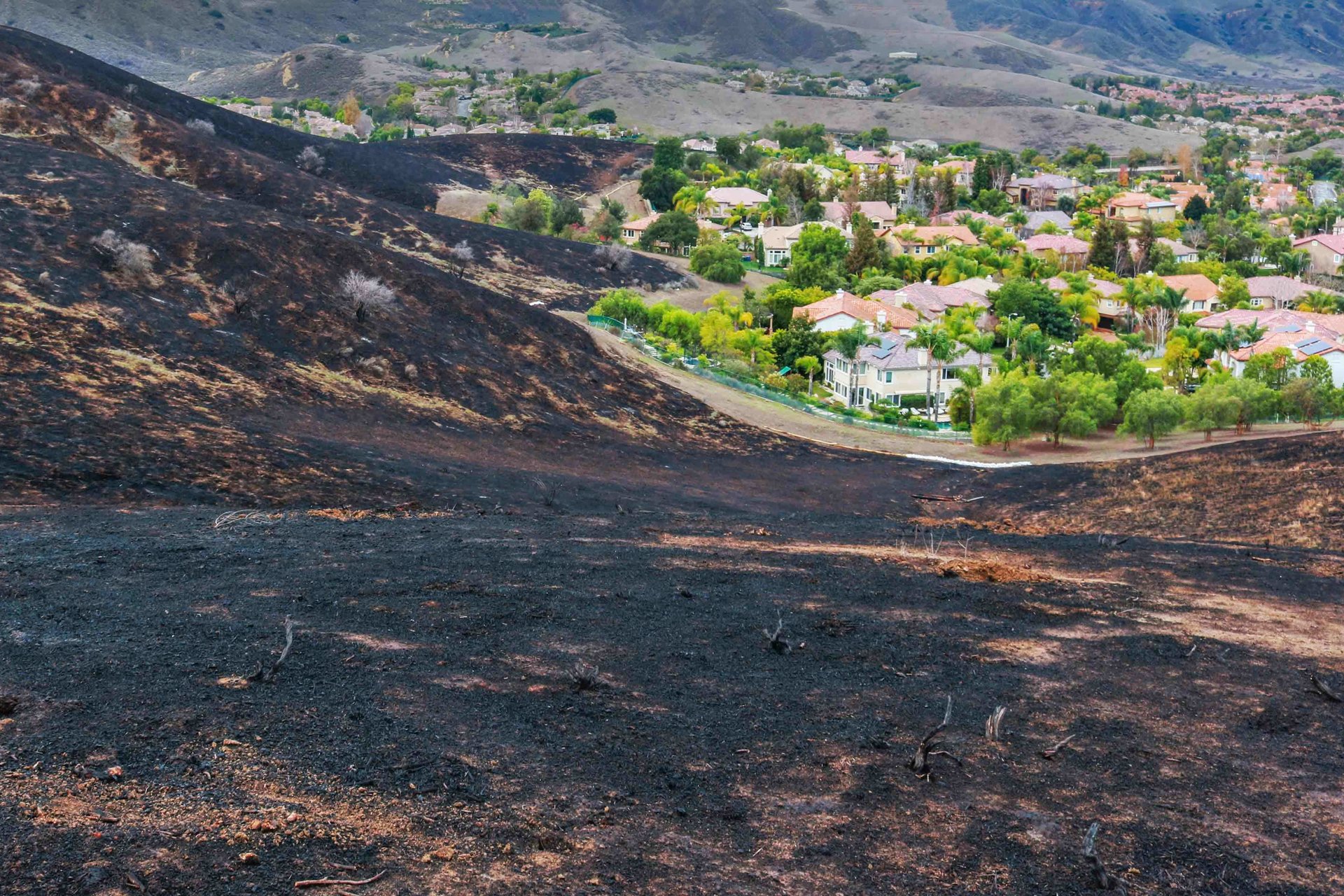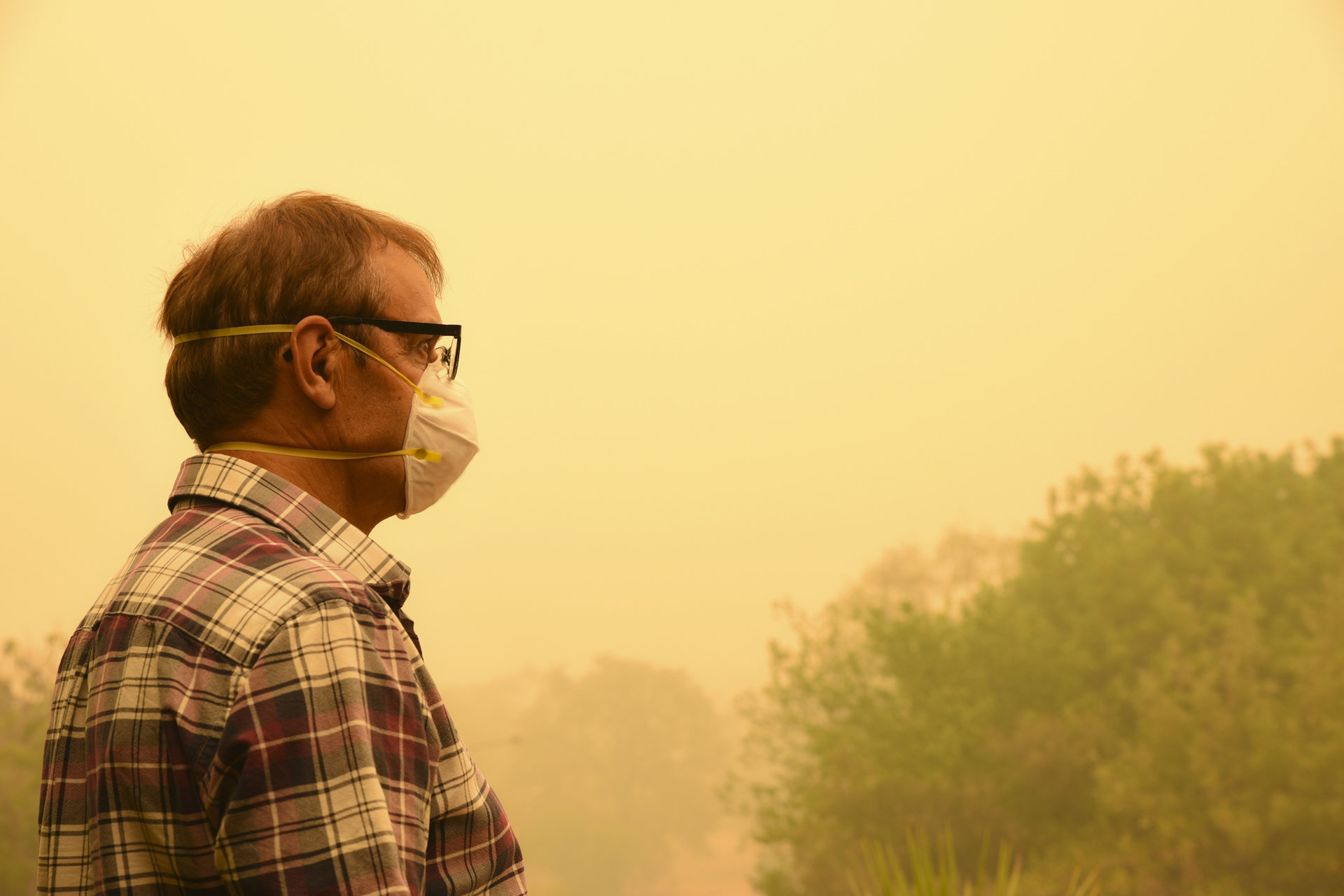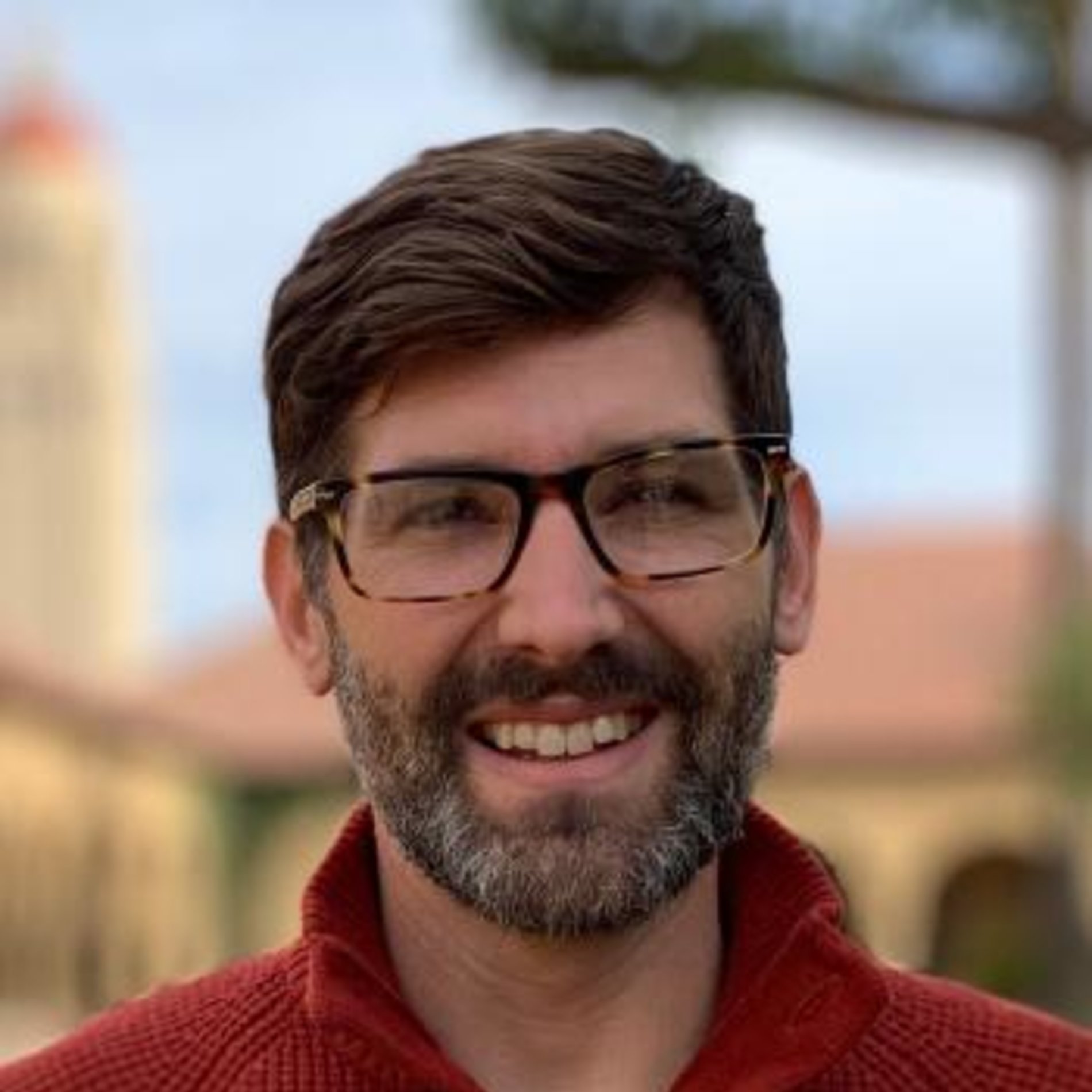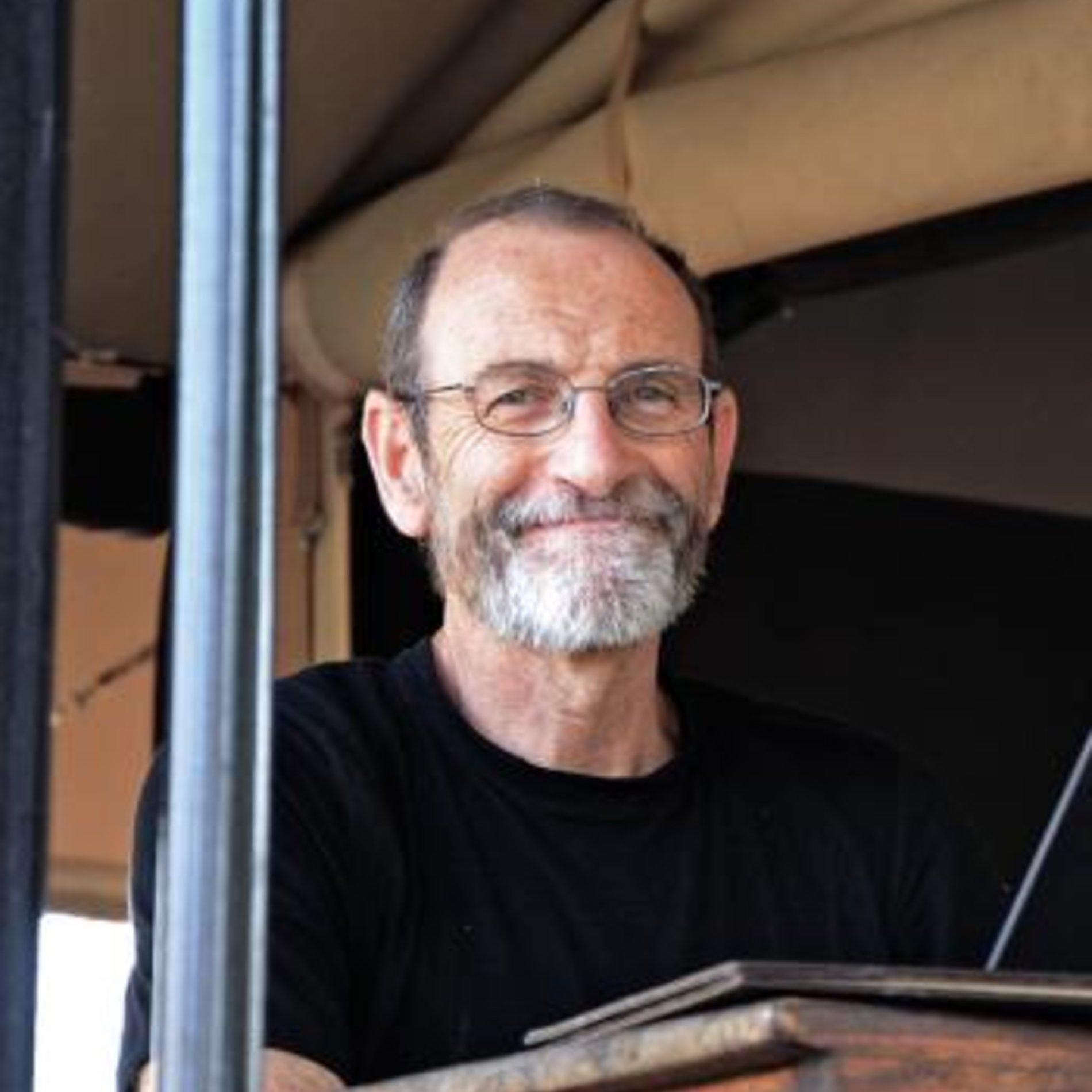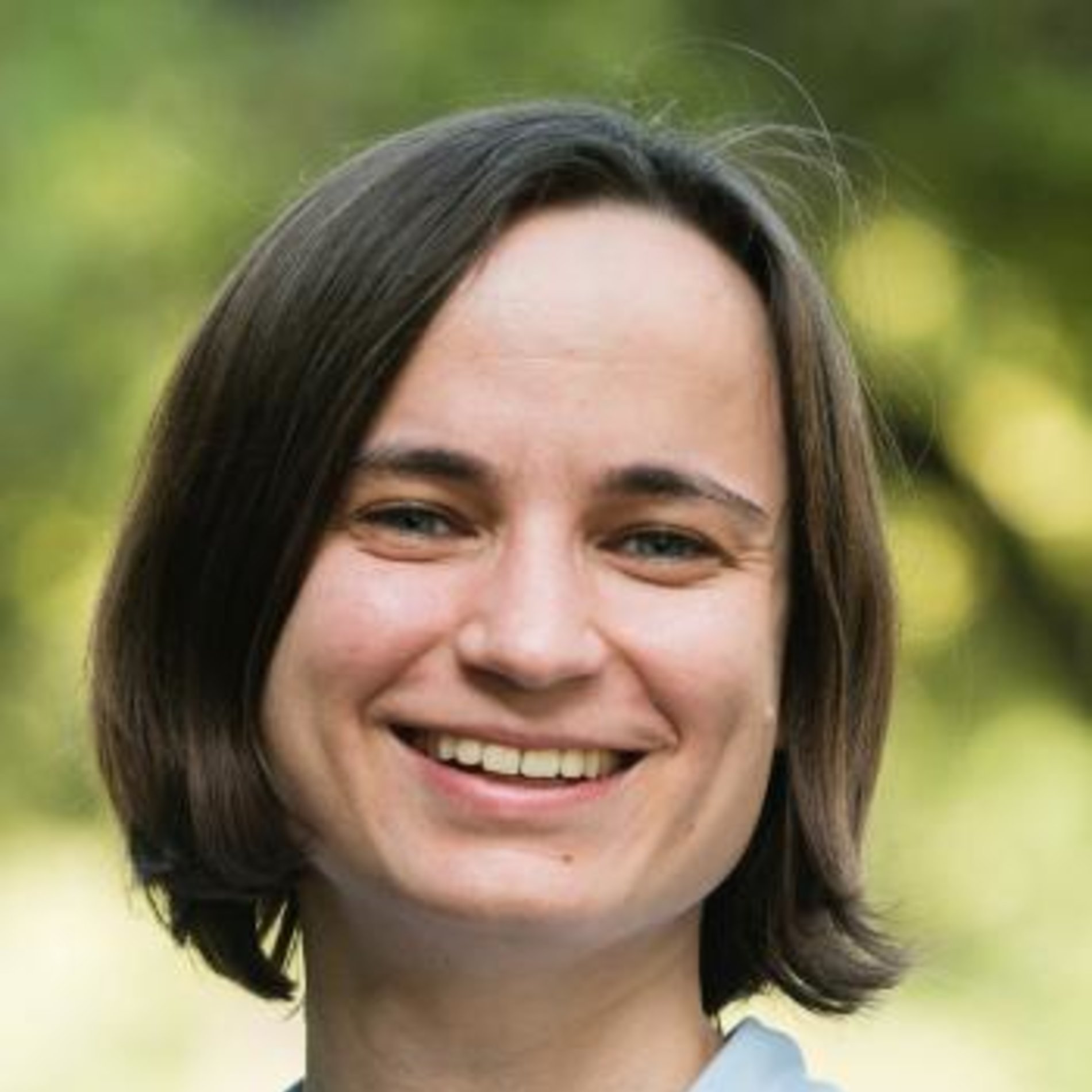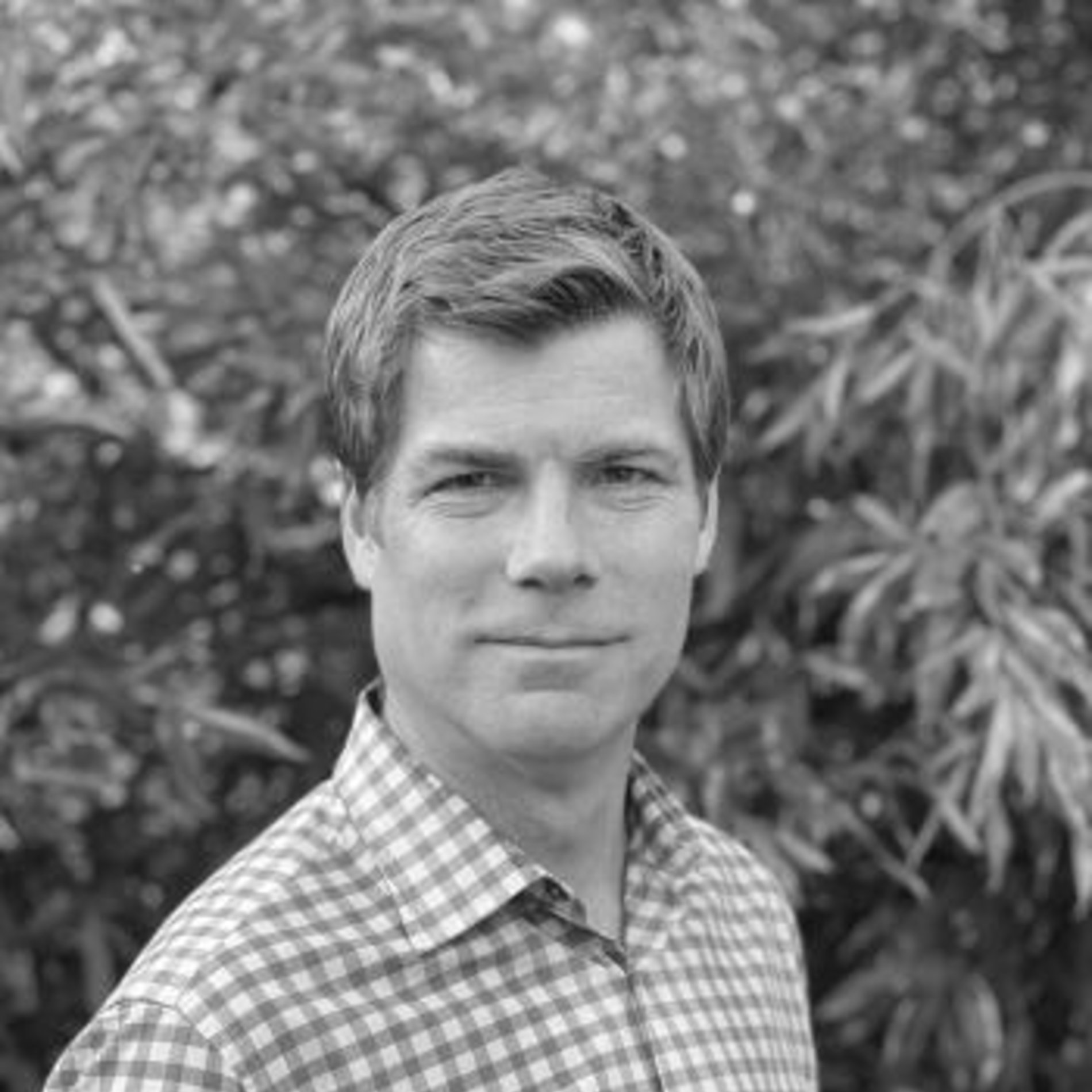Wildfire Solutions
Expert Tip Sheet
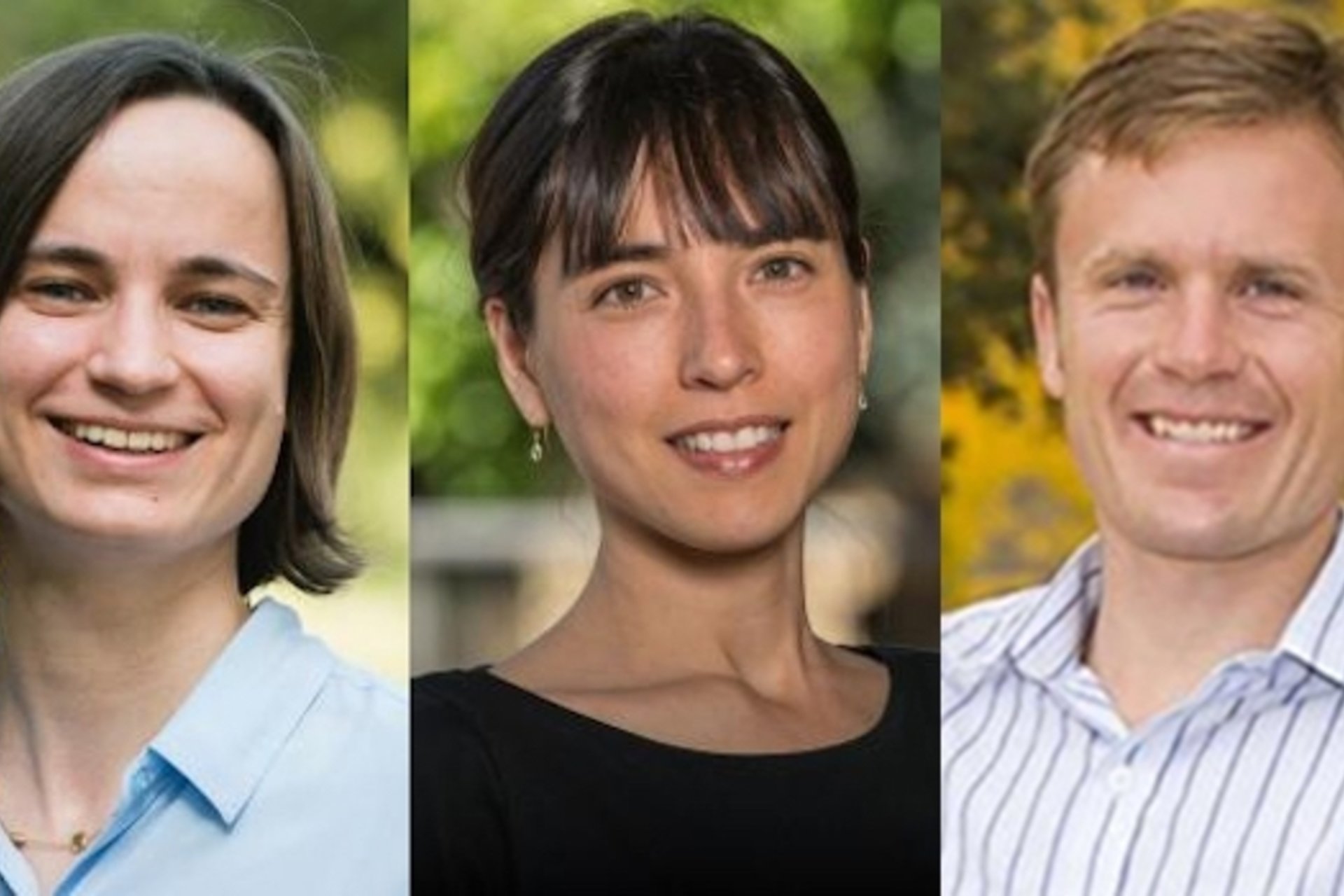
Stanford experts on wildfire-related issues.
Wildfire News and Media Coverage
-
Michael Wara applauds the introduction of the California Wildfire Mitigation Strategic Planning Act as a means to "maximize the effectiveness of California's work to reduce the impacts of wildfire."
-
Michael Wara comments on the monopolistic culture of the United States' energy system and the consequences of power shut-offs during natural disasters.
-
Fendorf comments on how those who live in the middle of the United States and on the East Coast need to understand wildfires have the potential to impact their homes too. Additionally, Heft-Neal mentions the health implications that come with wildfire smoke such as circulatory system issues, headaches, heart attacks, and strokes.
-
Scott Fendorf's new research reveals that wildfires can change a benign form of chromium into a toxin.
-
Michael Wara hopes policymakers use scientific findings to push for use of prescribed burns.
-
Michael Wara discusses the FAIR Plan, an insurance policy for Californians in high fire risk areas.
Wildfire Research Projects
Prevention Treatment
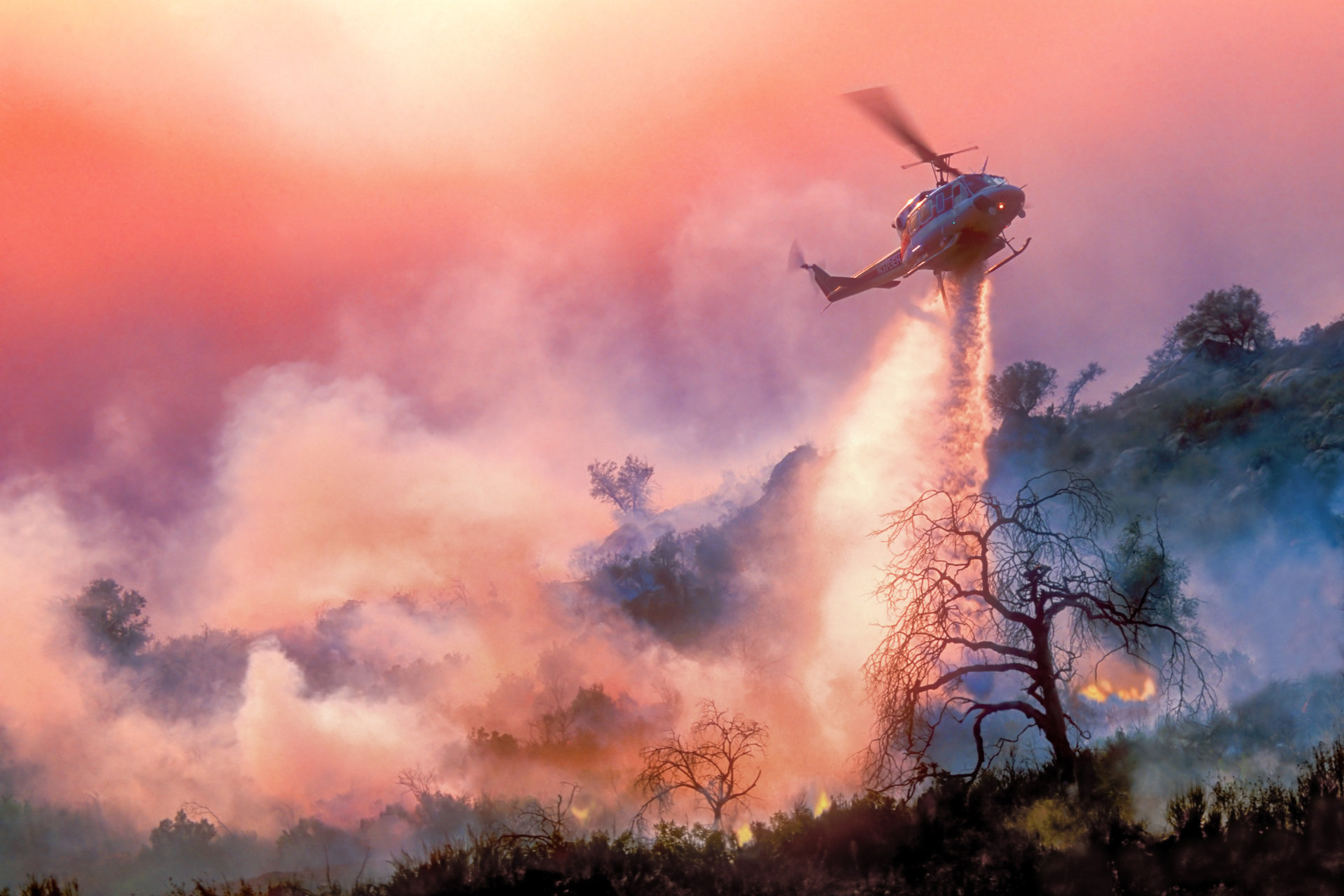
A preventive treatment developed by Stanford researchers led by Eric Appel involving an environmentally safe gel-like retardant provides season-long protection against wildfire ignitions.
Estimating Wildfire Risks
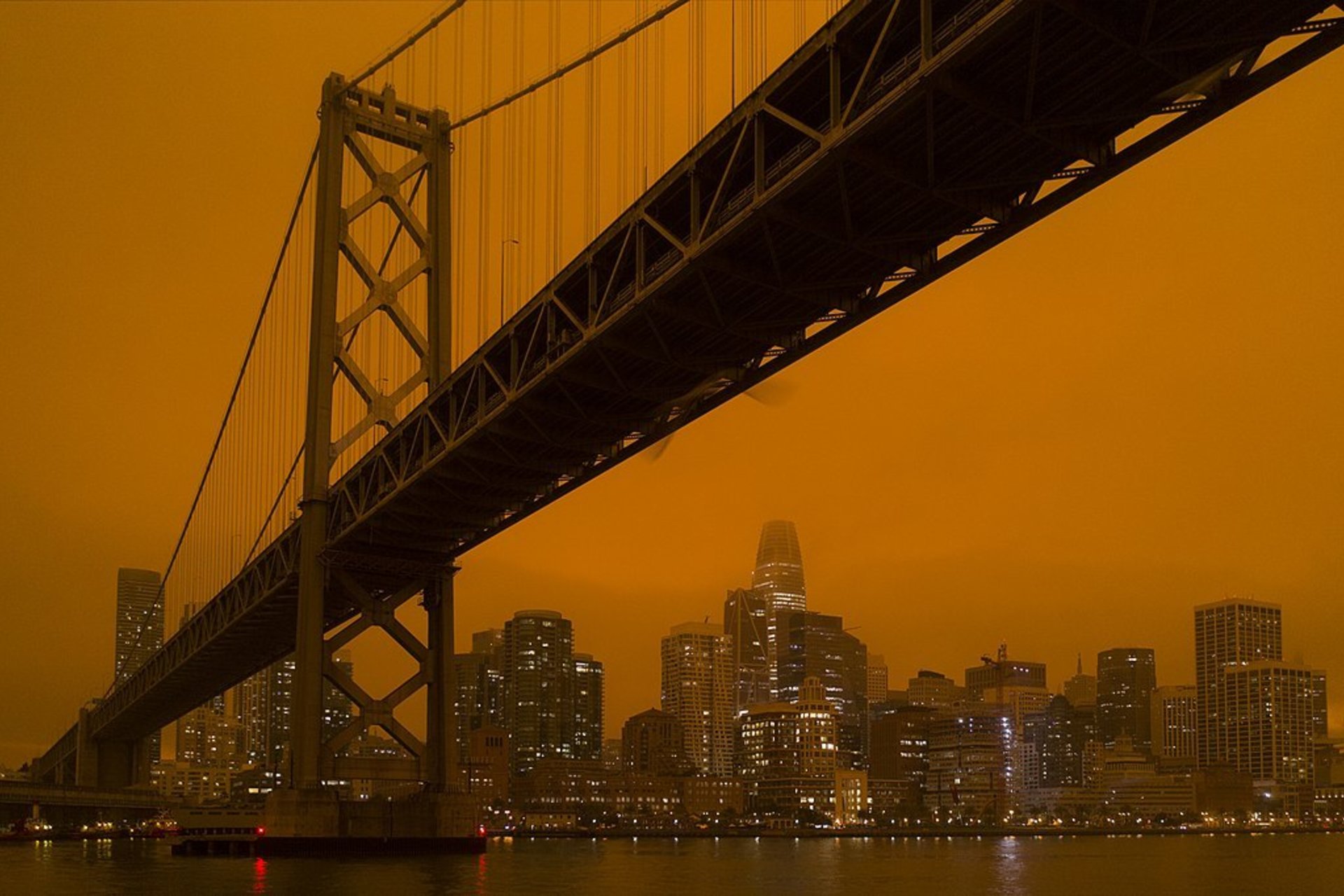
Marshall Burke, professor of Earth System Science, and colleagues bring together data on the changing risk and societal burden of wildfire in the U.S. and use satellite data and statistical modeling to estimate indirect mortality.
Wildfire Research and Prevention Experts

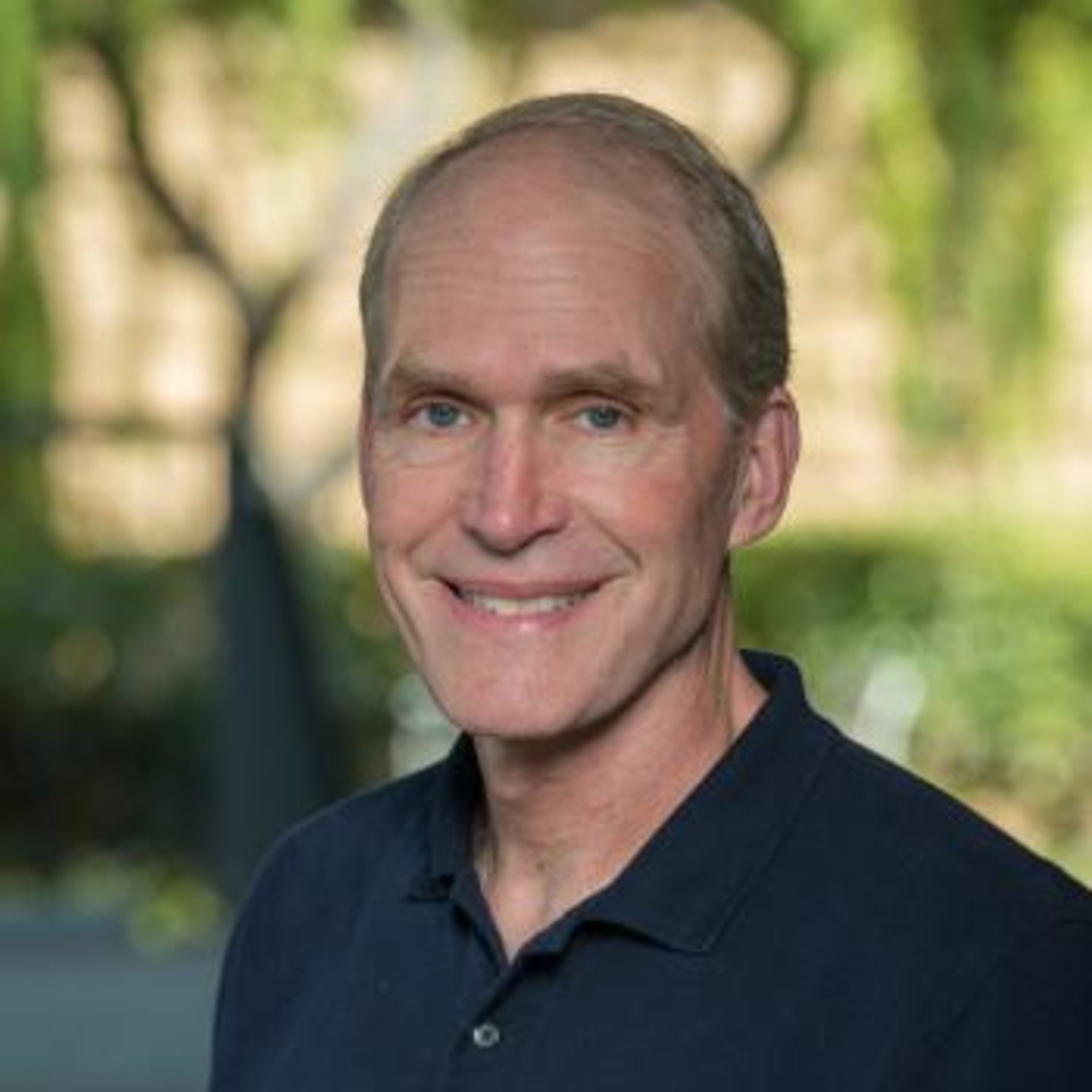
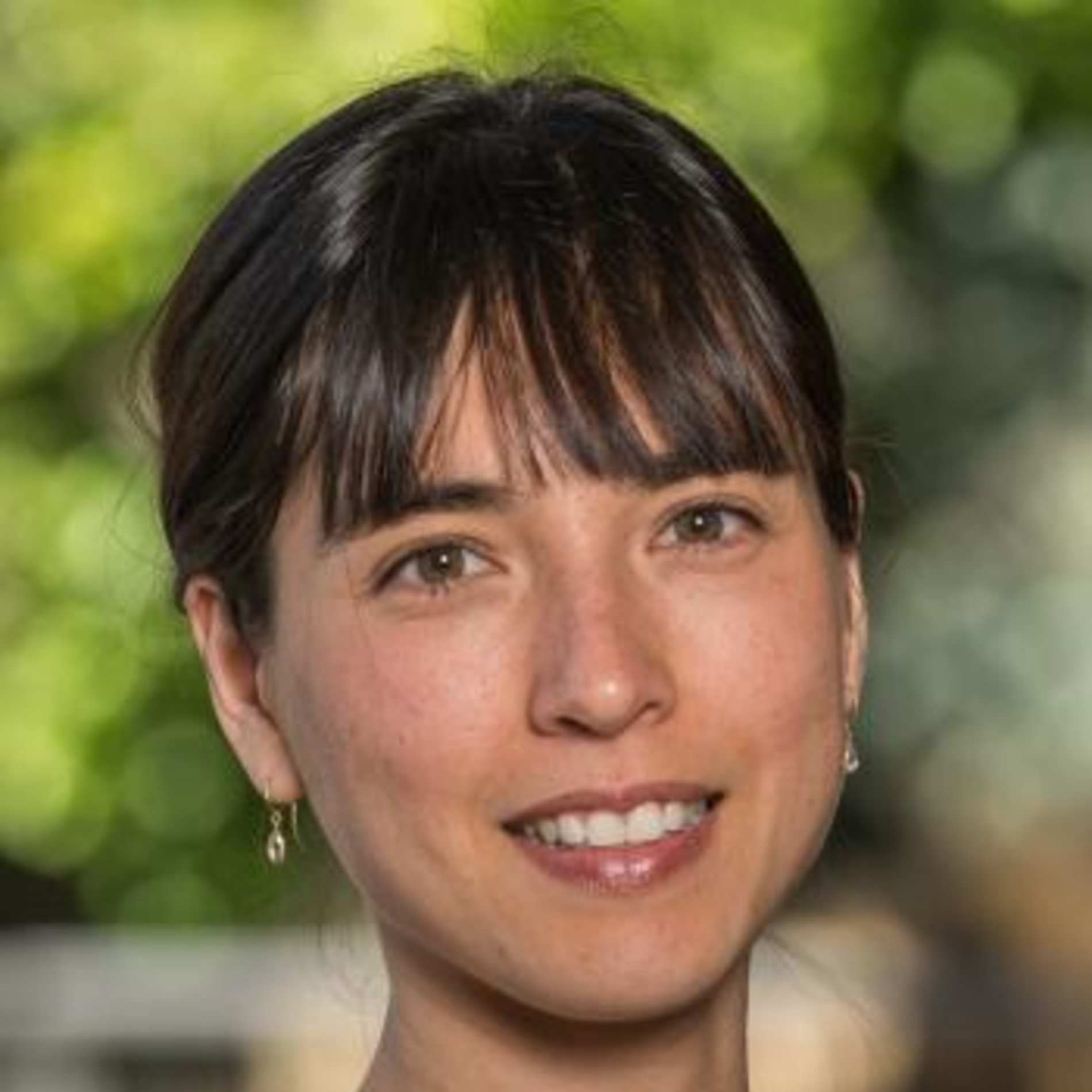
Wildfire Publications
Wildfire Experts at Stanford
Jun 7, 2023
California Wildfire Risk: Historical Frequency Can Lead to Inequities
Apr 3, 2023
Wildfire Smoke: Behavior Matters, But How to Best Influence It?
Aug 23, 2022
Climate Change Increases California Wildfire Risk
May 3, 2020
Wildfire Research at Stanford
Mar 11, 2020
Prescribed Burns for Improved Wildfire Management in California
Feb 29, 2020
Preventing Wildfires Before They Start: New Biosafe Gel Retardant
Dec 1, 2019
